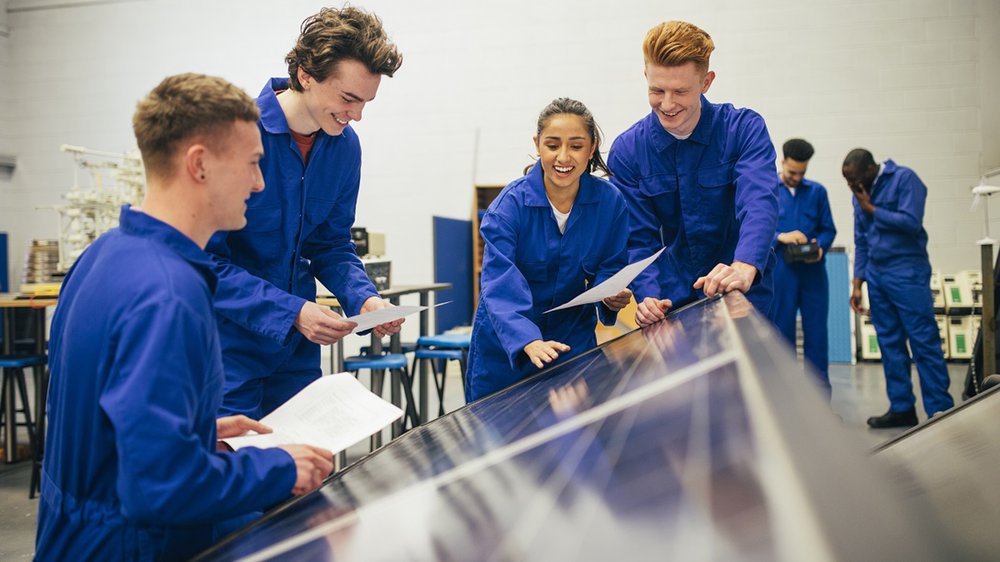Question Your World: What Virginia School Just Made Solar News?
In the last few years, we’ve been seeing a lot of news about big organizations, companies, and government facilities building solar infrastructure to support their energy needs. This trend has continued to move forward with installations in many school systems around the nation. Virginia too has been making some big strides in solar infrastructure at various academic organizations. What Virginia school just made solar news?
Earlier this year, we saw a lot of news about Richmond Public Schools starting to install solar infrastructure to help with their daily power needs. These installations will not only help reduce the heat-trapping emissions from our schools, but will also give young students a chance to get acclimated to solar technology as they learn and grow older. For many folks, education continues into college and that is where we're starting to see some big solar installations as well.
In the rolling hills of Winchester, Shenandoah University has just made some big news by announcing a new and significant solar installation. Similar to the Richmond school system, Shenandoah University is partnering with the Staunton-based company Secure Futures to install 1337 solar panels across three buildings. These new panels will have the capacity to generate 500 kilowatts of electricity, or about 675,000 kilowatt hours per year. So how much energy is this, really? For perspective, consider your average desktop computer. One kilowatt hour can power 2 computers for a full workday. The capacity of this installation could power nearly 350,000 computers for an entire year, or brew over 8,000,000 pots of coffee. Both vital to college life, right?

Image credit: Getty Images
Scientists around the world know that lowering CO2 output from traditional fossil fuel sources is required to help lessen the stresses of global climate change. In this way, Shenandoah University's installation offsets the heat-trapping gas emissions of 100 cars driven for a year. Beyond helping the planet, this installation is also a great economic move, saving the university up to $1.5 million on energy costs over the next 35 years. The energy industry in general is starting to see a shift with solar outpacing coal in many sectors, including jobs. As future installations come online, having an elementary through college education with solar in the backdrop, will only further fuel jobs, innovation, and knowledge on this vital topic. These types of installations will allow students to grow up with solar power, providing firsthand experience on this clean, renewable energy's capabilities.
Also this gives them a great opportunity to learn about two constant features of their educational journey: the sun's not going anywhere and neither is their homework.

